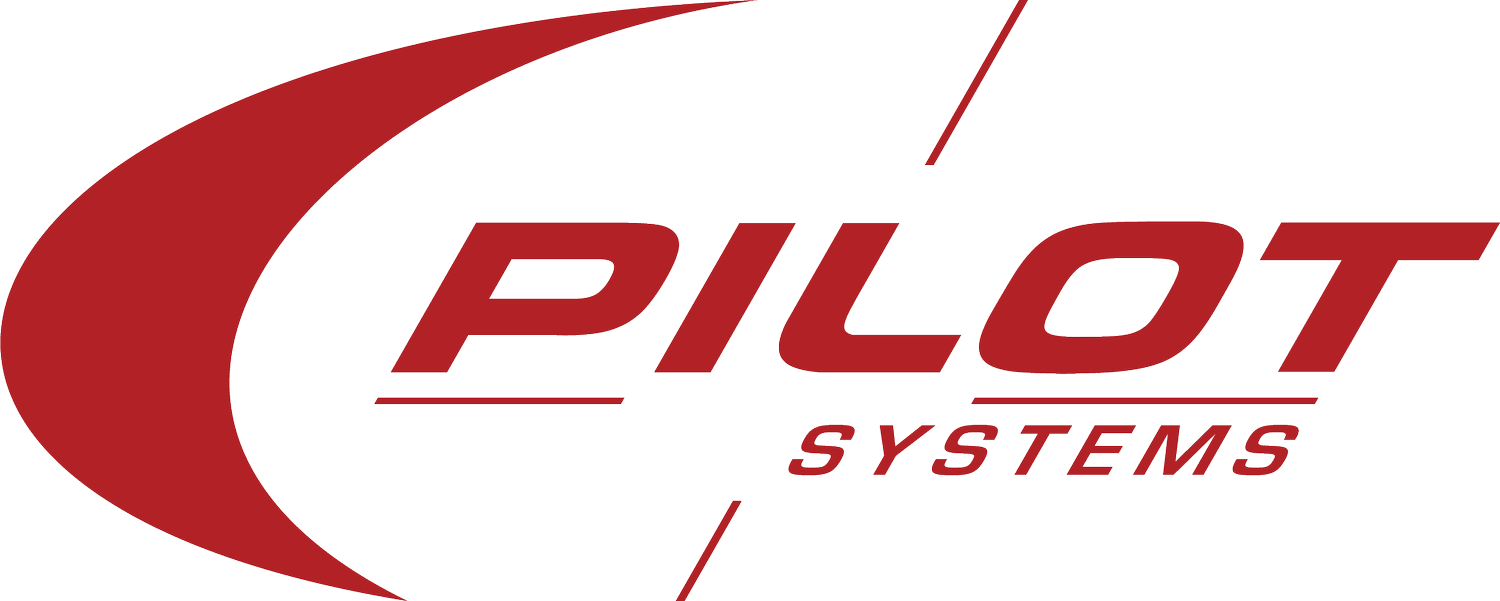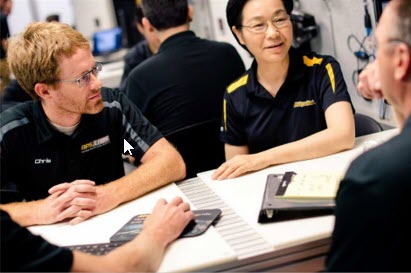Researchers from academia and industry are collaborating on a project that aims to improve the energy efficiency of electrified vehicles, thus enabling them to reduce energy consumption and extend range distances. The success of the project hinges on innovative connectivity and optimized automation. Technologies including V2X, platooning, and em-routing are now being developed and tested thoroughly by the project team. MicroAutoBox and ControlDesk play key roles in this research.
Students and Faculty at Michigan Technological University's Advanced Power Systems Lab (APS Labs) are deeply involved in the NEXTCAR project, alongside General Motors (GM), as they strive to boost vehicle energy efficiency through driverless technologies. NEXTCAR stands for Next-Generation Energy Technologies for Connected and Autonomous On-Road Vehicles - an initiative that is funded through the Advanced Research Projects Agency-Energy (ARPA-E) of the U.S. Department of Energy. ARPA-E currently supports ten innovative NEXTCAR projects which aim to reduce the energy consumption of individual production vehicles by 20 percent. In 2017, project administrators at ARPA-E selected Michigan Tech to conduct a three-year project known as Connected and Automated Control for Vehicle Dynamics and Power Train Operation on a Light-Duty Multi Mode Hybrid Electric Vehicle. Together with GM, the university has been developing concepts that will enable the intelligent operation of connected electrified vehicle fleets while reducing overall energy consumption. To achieve this goal, researchers are employing the very latest onboard sensors along with vehicle connectivity technologies such as vehicle-to- vehicle (V2V), vehicle-to-infrastructure (V2I), and vehicle-to-everything (V2X).
Developing an Orchestrated Vehicle Fleet
"The purpose of the project is to use upcoming technologies, such as automated vehicles, V2I, V2V, and sensors, to improve energy consumption on modern vehicles," says Chris Morgan, Operations Manager at Michigan Tech. Morgan takes it one step further : "How can we make an automated car drive efficiently and perhaps even more efficiently than a trained driver? That is the focus of our project." To demonstrate how automated vehicles can operate more efficiently and benefit from reduced energy consumption and emissions, the project team has equipped a fleet of eight Chevrolet Volts with sensors and controls to enable functions for automated propulsion, as well as advanced connectivity to support communication among the vehicles. The project team has also set up a mobile laboratory that can travel with the fleet, serving as a control center and vehicle-to-cloud communication hub.
Energy-Saving Concepts
The fleet and the mobile lab are equipped with solutions and special devices that help the project team perform a number of research tasks:
Development of eco-routing algorithms for finding the most energy efficient routes
EAD (eco-approach and departure) at traffic lights for better speed and trajectory planning
Platooning (cooperative convoy-style driving) involving several vehicles in conjunction with speed harmonization and cooperative adaptive cruise control
Powertrain energy management to reduce energy consumption
Model-predictive control algorithms for optimal performance strategies
A fleet of Chevrolet Volt vehicles and a mobile laboratory have been deployed to gather data and discover ways to minimize energy consumption.
The dSPACE MicroAutoBox with additional electronic modules installed in the trunk of Chevrolet Volt.
Christopher Morgan shows data collection results from the project vehicles in the Michigan Tech Mobile Lab .
The Sensors Used in Fleet Vehicles
LiDAR - Measures distances between vehicles and objects
Radar - Manages adaptive speed control and collision warning
Video Cameras - Record driving and traffic behavior
GNSS (global navigation satellite system) - Provides vehicle position data
V2X - Enables cooperative driving
Anemometer - Measures wind speed and aerodynamic drag
Platooning is one of the key focal points of the project. The research team plans to analyze specific data sets to determine the impact of platooning on aerodynamic drag, energy consumption, and vehicle emissions. "The major goal of platooning is to reduce fuel consumption over any particular drive cycle through the use of shared aerodynamic loads between vehicles," says Morgan. The project team has developed a unique propulsion control architecture for its vehicle fleet to test and evaluate various energy-saving concepts. The vehicle propulsion system includes several different operating modes, such as all-electric (EV) and hybrid-electric (HEV). The vehicle fleet is driven and monitored at various geographical locations, thus enabling the team to collect data and information from all kinds of different scenarios. They will monitor factors such as traffic conditions and ambient temperatures. "We are performing many different tests to validate and confirm our concept of improved driver and propulsion system behavior leading to dramatic increases in fuel efficiency," says Morgan.
Advanced Prototyping and Analysis Platform
Each vehicle is equipped with a test platform that collects vehicle data, manages control strategies, and supports vehicle communication. Data collection and analysis is performed by a configuration of electronic devices that includes a dSPACE MicroAutoBox. For modeling predictive control algorithms, the research team relies on the dSPACE ControlDesk experiment software. "MicroAutoBox has worked very well for our cooperative connected vehicle communication application," says Morgan. "This compact but powerful solution has enabled us to successfully implement predictive algorithms in our vehicles and establish stable communication ."
The test platform was installed by Pilot Systems, a Michigan-based technology company specializing in mobility-related services and products. Pilot Systems provides Michigan Tech and GM with a number of services, for example, the identification of program requirements along with the installation and calibration of MicroAutoBox, LiDAR sensors, and related electronics in the vehicle fleet - and much more.
“MicroAutoBox has worked very well for our cooperative connected vehicle communication application. This compact but powerful solution has enabled us to successfully implement predictive algorithms in our vehicles and establish stable communication.”
Result analysis and calibration can be performed right in the vehicle during test drives
Christopher Morgan and Dr. Bo Chen meet to discuss model predictive control for the cloud computing center.
A More Efficient Autonomous Driving Experience
Preliminary test findings indicate that cooperative and predictive driving concepts can indeed reduce energy consumption by 20% while also increasing the range of electric vehicles by 6%. The NEXTCAR project is scheduled for completion in the spring of 2020. Data, optimization, and controls developed in the project will serve as the basis for algorithms that GM can use in future series production vehicles.
Courtesy of Michigan Technological University and General Motors
dSPACE V2X Solution
The V2X Solution from dSPACE gives users easy access to V2X communication from Simulink ® and enables graphical analysis of V2X-specific data in ControlDesk . Users can focus entirely on developing and testing V2X applications without having to implement specific communication protocols and software layers. For more information, go to www.dspace.com/go/dMag_20191_V2X.








